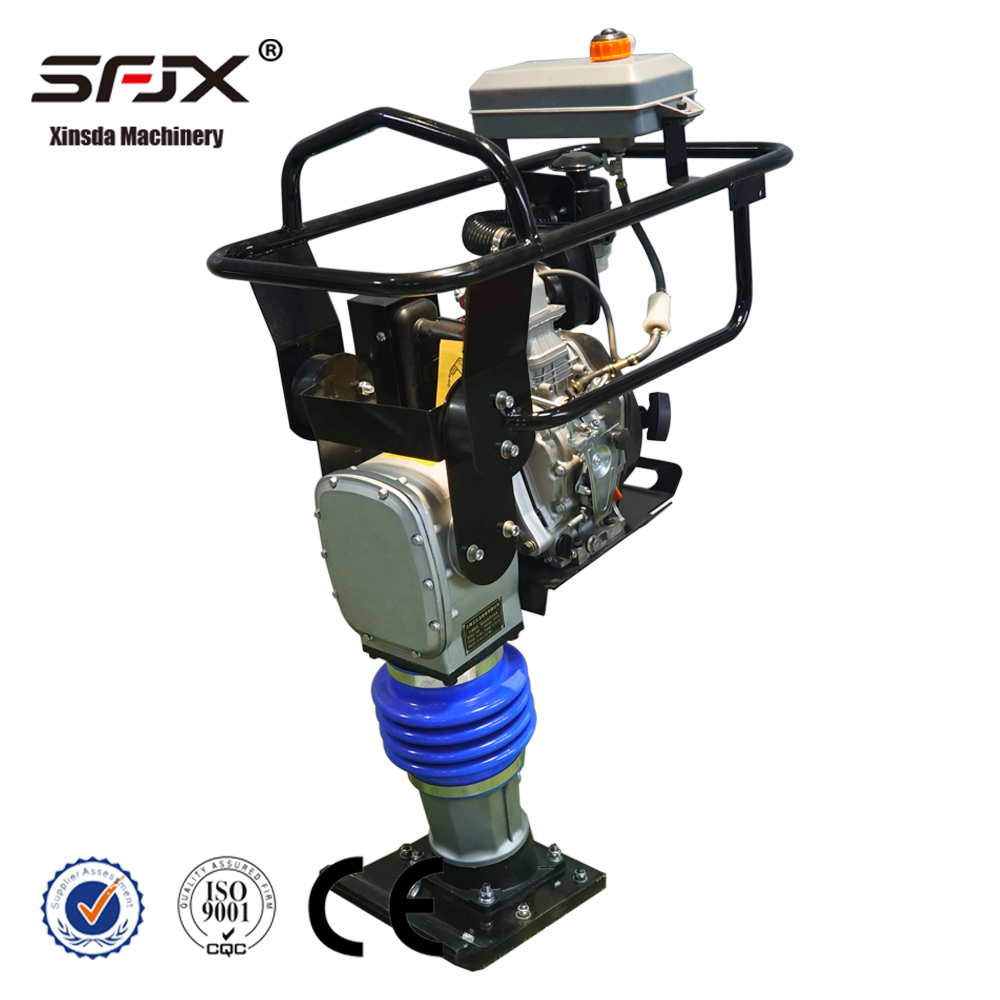In recent years, the rise of smart home technology has transformed the way we manage our living spaces. Among the innovations that have garnered attention are smart vents, designed to optimize heating, ventilation, and air conditioning (HVAC) systems. But the question remains: do smart vents actually work? This article delves into the functionality, benefits, and limitations of smart vents, providing a comprehensive overview for homeowners considering this technology.
Understanding Smart Vents
Smart vents are advanced air distribution devices that can be controlled remotely, often through a smartphone app or a home automation system. Unlike traditional vents, which operate on a fixed open/close mechanism, smart vents can adjust airflow dynamically based on real-time data. This capability allows for more precise temperature control in individual rooms, potentially leading to increased comfort and energy efficiency.
How Smart Vents Work
At the core of smart vent technology is a combination of sensors and actuators. These devices monitor temperature, humidity, and occupancy levels in various rooms. When integrated with a smart thermostat, smart vents can receive signals to open or close based on the current heating or cooling demands of the home. For instance, if a room is unoccupied, the smart vent can close to redirect airflow to areas that require more heating or cooling, thereby optimizing energy use.
Benefits of Smart Vents
- Energy Efficiency: One of the primary advantages of smart vents is their potential to reduce energy consumption. By directing airflow only where it is needed, homeowners can lower their heating and cooling bills. Studies suggest that homes equipped with smart vents can achieve energy savings of up to 30%.
- Enhanced Comfort: Smart vents allow for personalized climate control in different rooms. This is particularly beneficial in multi-story homes or spaces with varying sun exposure, where temperature discrepancies are common. Homeowners can maintain a comfortable environment tailored to their preferences.
- Integration with Smart Home Systems: Smart vents can seamlessly integrate with other smart home devices, such as thermostats, sensors, and even voice-activated assistants. This interconnectedness enhances the overall efficiency of the HVAC system and allows for more sophisticated climate control strategies.
- Data-Driven Insights: Many smart vent systems provide users with data analytics regarding their HVAC usage. This information can help homeowners identify patterns, optimize settings, and make informed decisions about their energy consumption.
Limitations and Considerations
While smart vents offer numerous benefits, they are not without limitations. Understanding these drawbacks is crucial for homeowners contemplating their installation.
- Compatibility Issues: Not all HVAC systems are compatible with smart vents. Homes with certain types of heating and cooling systems, such as those with a single-zone setup, may not experience the full benefits of smart vent technology. It is essential to consult with a professional to assess compatibility before investing.
- Initial Costs: The upfront cost of purchasing and installing smart vents can be significant. Homeowners must weigh the potential energy savings against the initial investment. In some cases, traditional methods of improving HVAC efficiency, such as regular maintenance or insulation upgrades, may be more cost-effective.
- Dependence on Technology: Smart vents rely on technology, which can sometimes fail. Network outages, software bugs, or hardware malfunctions can disrupt the operation of smart vents, potentially leading to discomfort or increased energy costs.
- Limited Impact in Certain Scenarios: In homes with significant air leaks or poor insulation, the effectiveness of smart vents may be diminished. Addressing these underlying issues is crucial for maximizing the benefits of any HVAC optimization technology.
Conclusion
So, do smart vents actually work? The answer is nuanced. Smart vents can significantly enhance the efficiency and comfort of a home’s HVAC system when used in the right context and with compatible systems. They offer a modern solution to age-old problems of uneven heating and cooling, but they are not a one-size-fits-all answer. Homeowners should carefully consider their specific needs, existing HVAC setup, and budget before making a decision.

